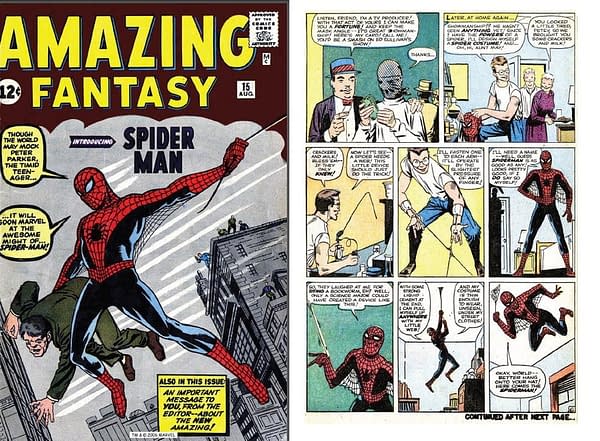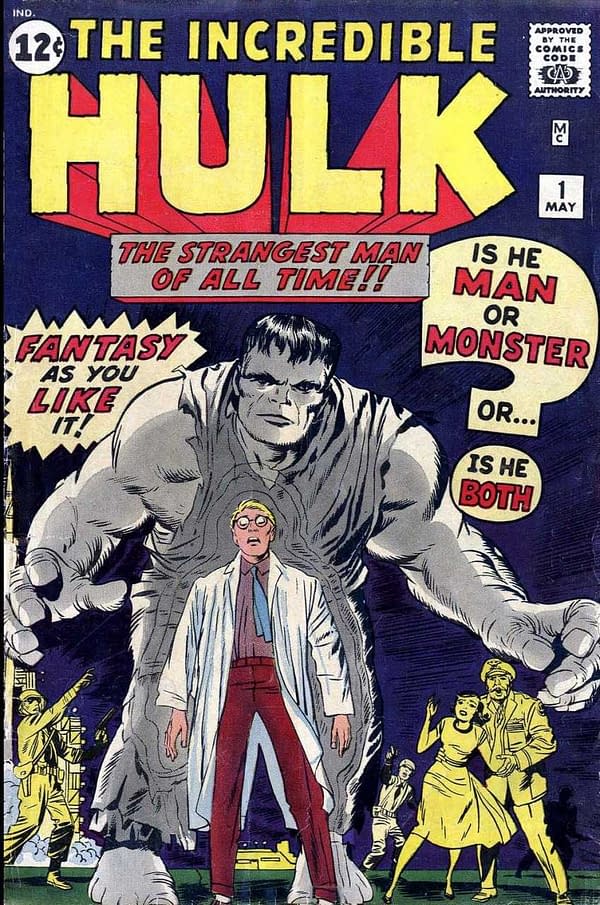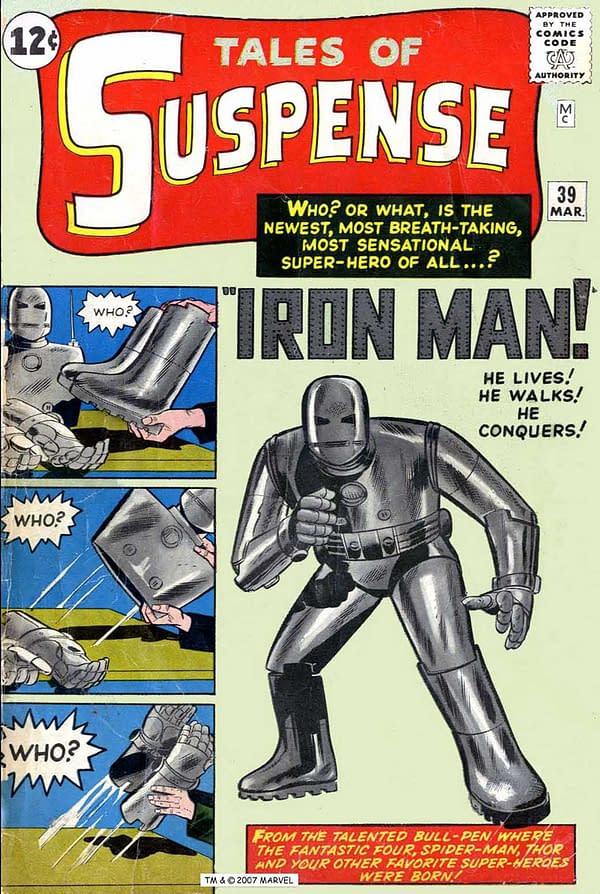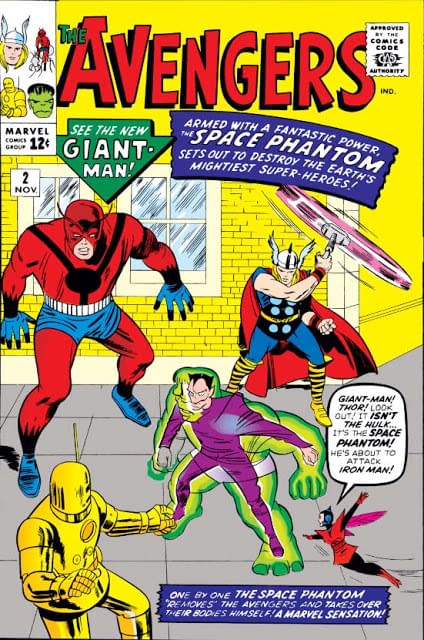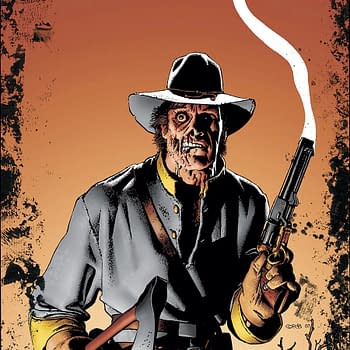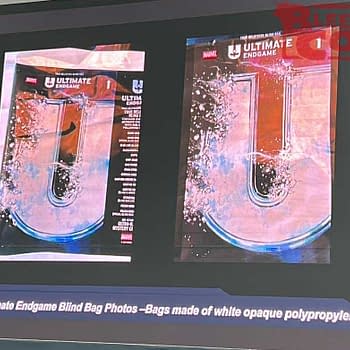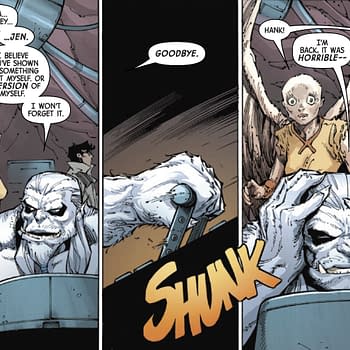Posted in: Comics | Tagged: Comics, daredevil, entertainment, fantastic four, hulk, iron man, marvel, spider-man
Marvel of the '60s Was Filled with New Characters, Mistakes, and Patience
This article may seem to ramble a bit, but it has a point. Memory is a funny thing. With all the Marvel properties on both the big and little screens, it's easy to think back to the early sixties as a time when Stan Lee, Jack Kirby, Steve Ditko, John Buscema and the rest of the amazingly talent creators were cranking out hit after hit that have become some of the most popular characters of this century. But when you take a moment and look back, it's kind of amazing that the books worked out at all with all the missteps. You look at Superman, Batman and Wonder Woman and for the most part, they look similar not to when the first appeared. Sure Superman's S got more intricate, Wonder Woman's costume has become armor and Batman's bat has changed more times than most guys stories of their bachelor party. But you can see the connection between the original designs and where they are now.
Erik Larsen pointed out on Facebook last night that if you look at how Ditko drew Spider-Man in Amazing Fantasy #15, his costume was meant to be red and black, not red and blue. Look at the image below and you'll see that the costume is done the way they did black in that era, with blue highlights. They did blue like his jeans in the panel where he's testing his webshooters. And it's not shadows because at one point he's on the ceiling where all the light would be hitting him. Someone either decided he looked better in blue or just simply made a mistake and the change took.
And this isn't the only coloring mistake. There is the story of the mix up with the printer that turned the Incredible Hulk from Grey to Green on issue later. There have been multiple stories about how that happened, but whatever the reason, the green color stuck.
The Fantastic Four, the book that started it all and was Stan doing a comic how he wanted to do it… the team wore purple jump suits and street clothes until their third issue.
And how about Iron Man, the red and gold Avenger started out in a bulky gray armor that was quickly changed to a bulky yellow armor before being streamlined and made two-tone. And Daredevil went from looking like a wrestler to all ol' Hornhead we see now by the seventh issue of the series.
Even the Earth's Mightiest Heroes went through a drastic line-up change after just one issue. Founding member Hulk left and Ant-Man became Giant-Man to compensate.
The early 1960s was an amazing time at Marvel. They were throwing so many new ideas at the wall and the majority of them stuck with some tweaks here and there. And as much as I awed by how many of those concepts have continued to thrive for over 50 years, it's equally impressive how quickly they could see what was and wasn't working and adjust it. The Avengers started with Hulk, Thor, Iron Man, Wasp and Ant-Man then changed the line-up in issue 2, realized they team needed a leader so they brought in Captain America by issue 4 and by issue 16 all of the founding members were gone and Cap was teamed with Scarlet Witch, Quicksilver and Hawkeye. Characters that were all introduced as villains at first. They were willing to try new things, make drastic changes and figured out the continuity once it stuck.
What they didn't do at the time was have mass purges of titles and constant changing of creative teams and time sale dip. The characters of the 60s had time to grow and change, to figure out what really worked whether it was their color, costume or teammates. Titles weren't expected to be perfect out the gate. That attitude started to change in the 70s and 80s to eventually where we are now. Not surprising that the number of successful new characters diminished since those changes started. Would Deadpool be the beloved character he is today had he stayed the same way he was handled when Rob Liefeld and Fabian Nicieza introduced him or is a big part of that success the fourth-wall breaking insanity that Joe Kelly and Ed McGuinness introduced later on?
Publishers can't always count on something being perfect and finding it's audience right away. Sometimes the ideas and the characters need to be tweaked and given a chance to grow. Otherwise we're just going to keep getting bunch of series that readers refuse to care about because the know the odds are they won't be around long anyway.


